Neil Armstrong and Sir Edmund Hillary’s joint adventure to the Arctic that you've never heard about and what its re-creation can tell us about the state of Earth
In 1985, Neil Armstrong and Sir Edmund Hillary adventured to the North Pole; 40 years later, their children re-created the expedition.
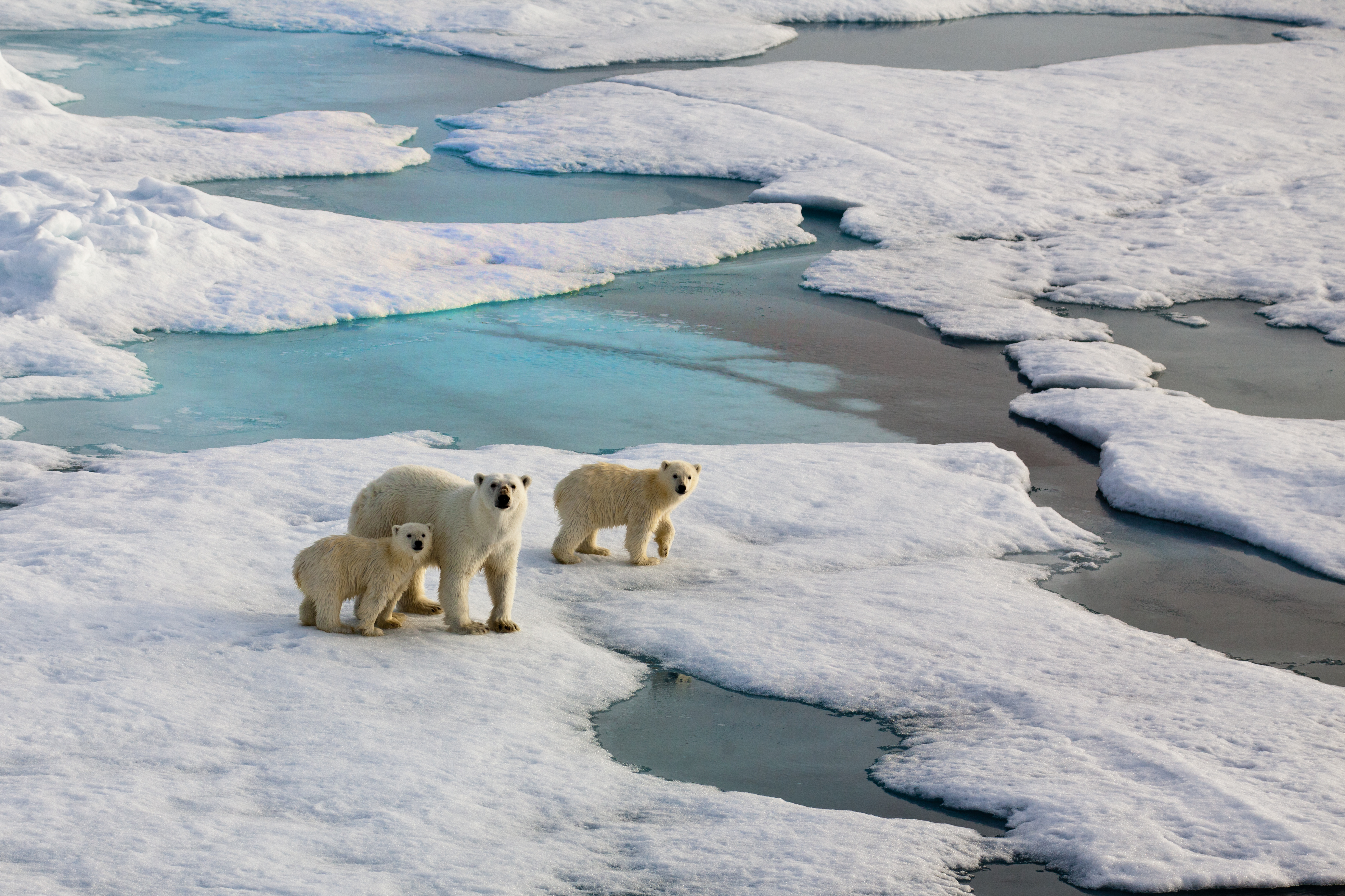

Did you hear the one about the astronaut and the mountaineer reaching the North Pole? It sounds like a far-fetched Hollywood plotline, but relates to Neil Armstrong and Sir Edmund Hillary’s real-life joint expedition to the Arctic in April 1985. If you were previously unaware of this all-star adventure, you’re not alone — the journey was intentionally kept under wraps at the time, at the request of the famously publicity-shy Armstrong.
A lot can change in four decades, not least the fact that keeping such an event out of the news was considerably easier in the pre-Internet era. An upcoming documentary film, North Pole ’85, will tell the journey’s full story for the first time. As part of this, a return voyage to the pole was made in July of this year by state-of-the-art icebreaker Le Commandant Charcot, marking the expedition’s 40th anniversary. The vessel was carrying a group that included the descendants of Armstrong and Hillary, as well as the expedition leader who accompanied the two men in 1985.
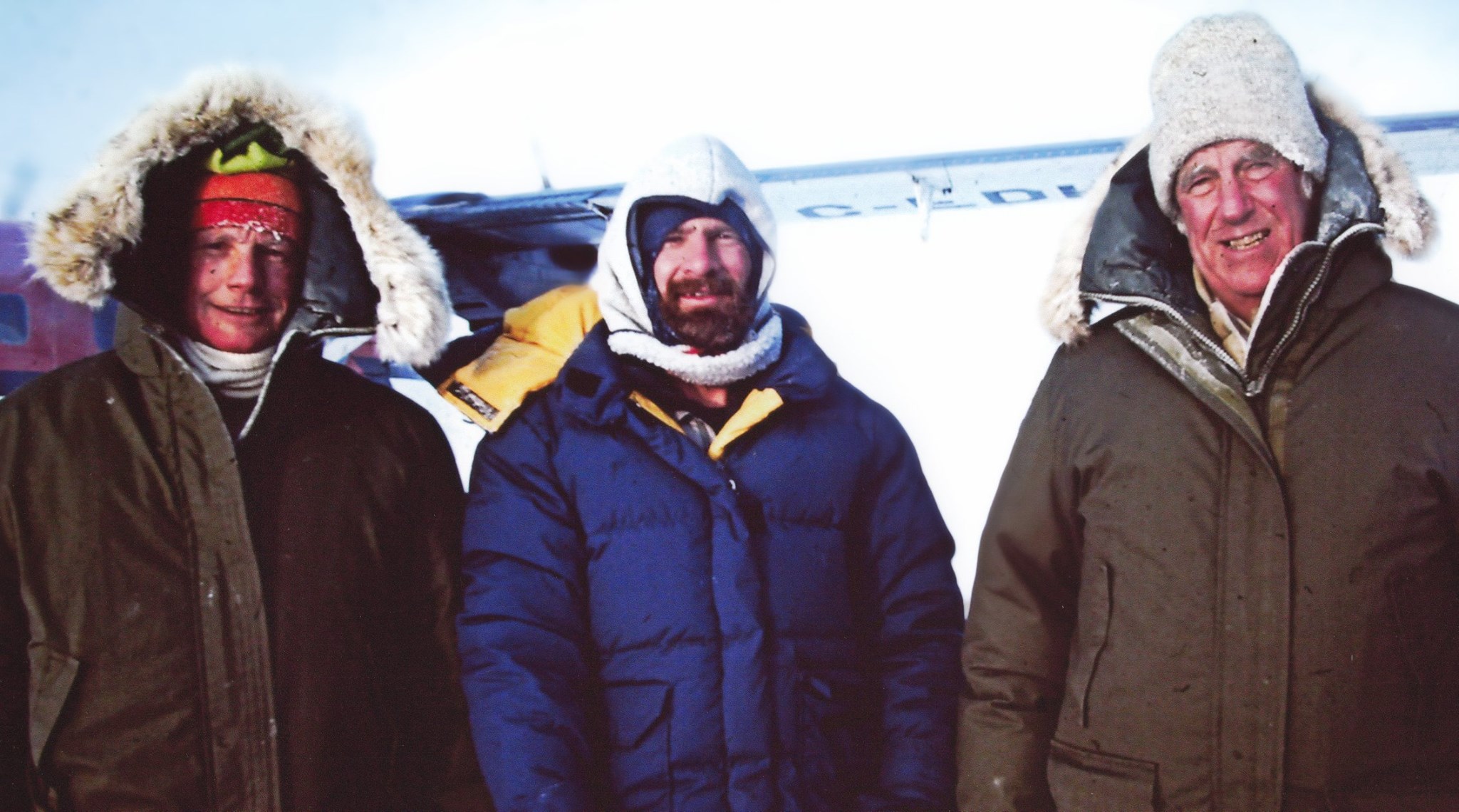
Neil Armstrong, expedition leader Mike Dunn and Sir Edmund Hillary at the North Pole, in 1985.
They were there to do more than take in the scenery. ‘It was a symbolic journey,’ explains Mark Armstrong, Neil’s youngest son, who was among those on the 16-night sailing, ‘but one with a twist. All of us on board had a particular sensitivity to how our planet is changing and how we’re contributing to that change.’
That the original expedition took place at all is remarkable. It was May 29, 1953, when Hillary became one of the first two people to reach the summit of Mount Everest — alongside the indomitable Tenzing Norgay — and July 21, 1969, when Armstrong became the first human to set foot on the Moon. Both events metaphorically shook the world: two previously unattainable goals, two heroic figures.
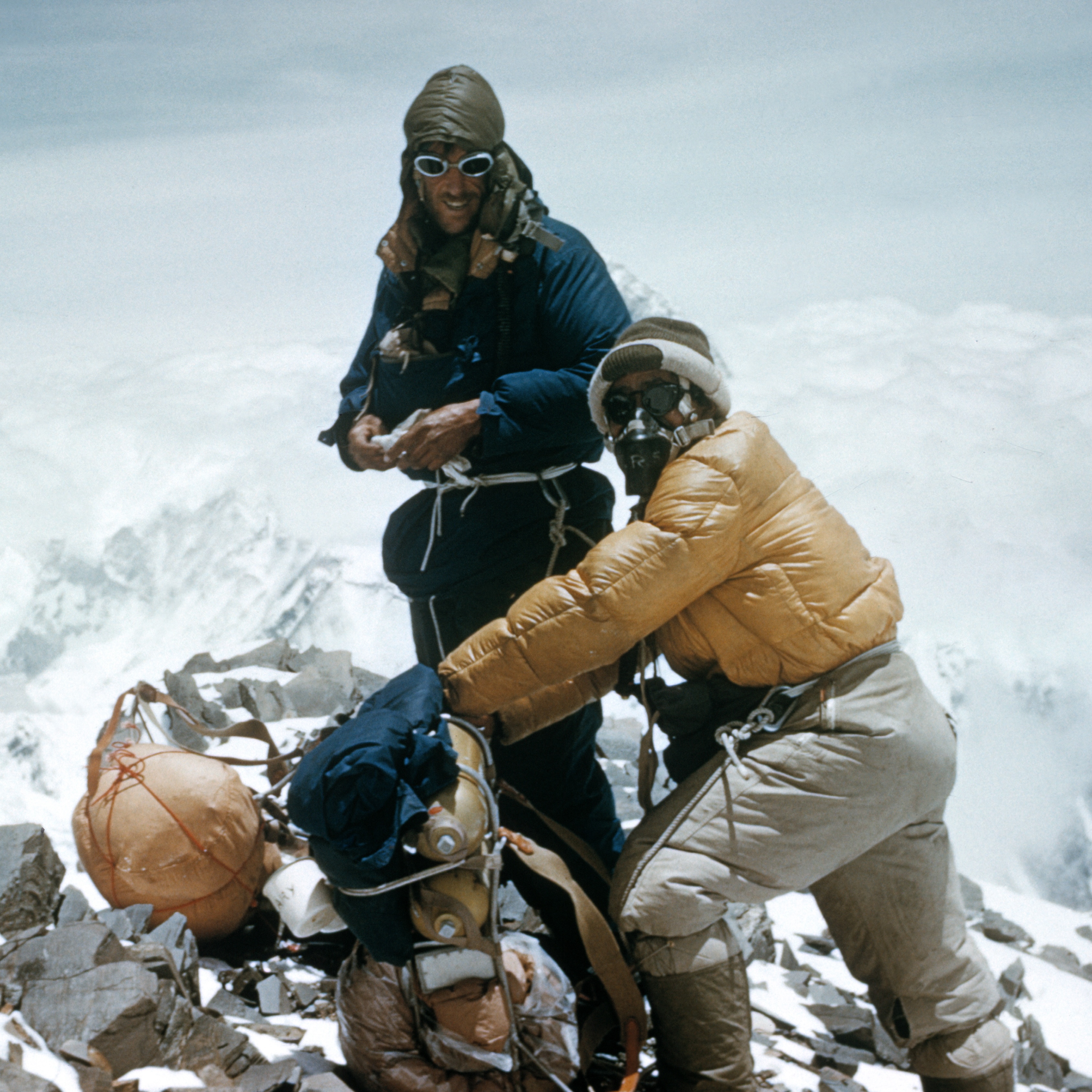
Edmund Hillary and Tenzing Norgay preparing to summit Everest.
Almost a full 16 years after the lunar landing, 65-year-old Hillary and 54-year-old Armstrong — who had a pre-existing friendship — spent two weeks venturing together in small utility aircrafts to the most northerly place on Earth, as part of a team that also included hot-air balloon adventurer James Fossett and legendary climber Patrick Morrow. Photographic proof of that polar visit shows a blue sky, a frozen expanse and a flagpole surrounded by a cluster of cold-looking, fur-hooded figures.
One of them was Hillary’s son Peter, who along with original expedition leader Mike Dunn is in the rare position of having been on both journeys. ‘I was 29 on the first expedition and couldn't believe my luck,’ explains Peter, now a seasoned mountaineer who has scaled Everest and K2 himself. ‘I'm tagging along with my father and suddenly I’m in the Arctic with Neil Armstrong and a whole bunch of other adventurers. Just to share that time was an incredible experience.’
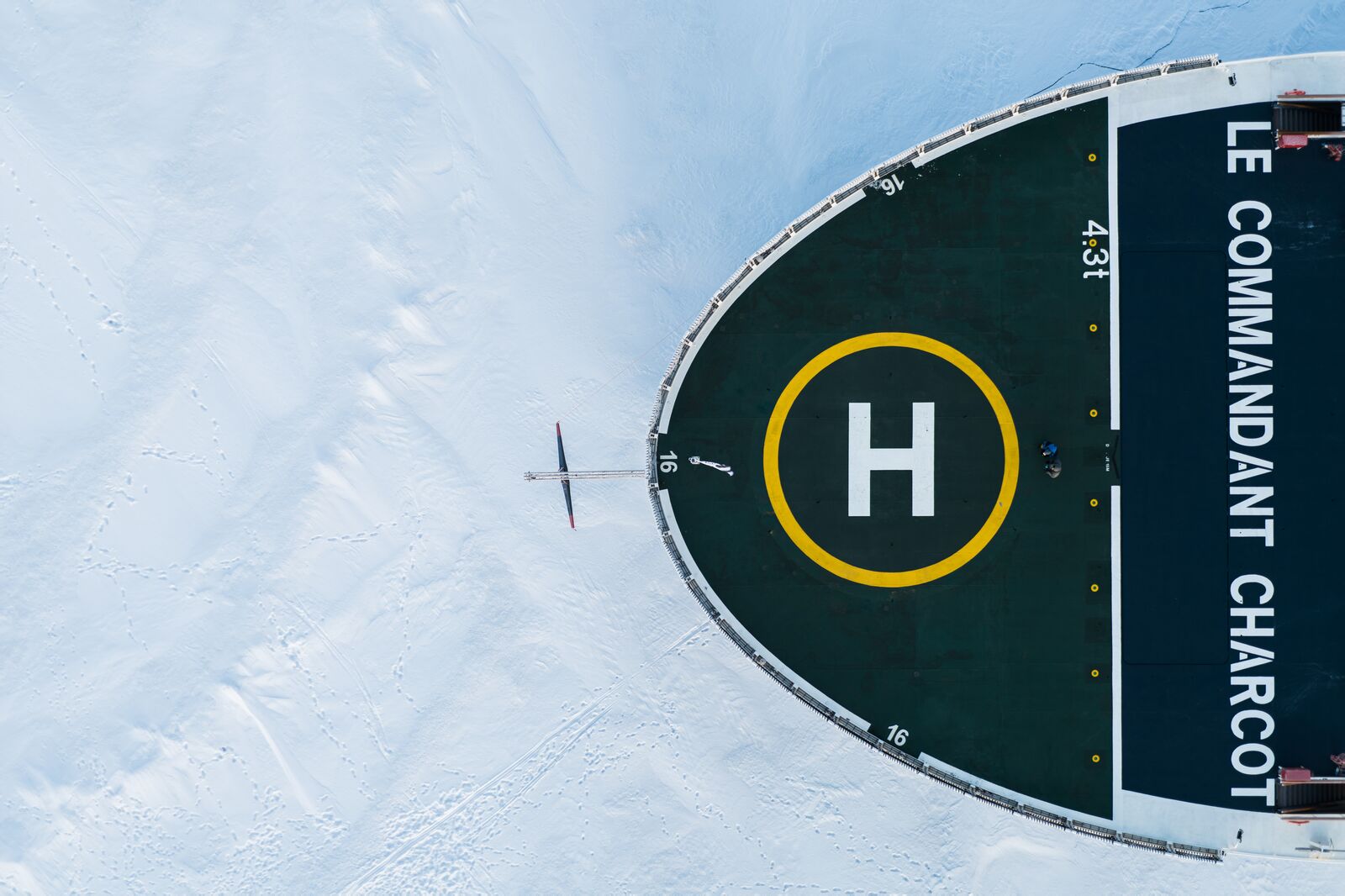
Le Commandant Charcot is the very first luxury hybrid electric polar exploration ship powered by liquified natural gas.
The two expeditions, however, were markedly different. The first made use of ski-equipped Twin Otter aircraft, manned by Canadian pilots and hopping from remote island to remote island, having to leave barrels of fuel at certain points for the return journey and relying on observation skills alone for safe landings. At one point, the weather forced the team to spend three days in a hut on Ellesmere Island, in temperatures of -40°c.
Exquisite houses, the beauty of Nature, and how to get the most from your life, straight to your inbox.
‘They had to find a way to pass the time and turned to storytelling,’ says Mark, who was six years old at the time of the Moon landing and missed out on the 1985 Arctic trip because he was studying for a physics exam. He conjures a vivid image, however, of groundbreaking tales being told in a tiny snowbound hut near the top of the world 40 years ago. ‘Hillary recounted his Everest adventures and my father spoke about the Apollo 11 mission, but in a very private way that I’m not aware he ever did again.’
‘When they were initially approached about the expedition in the 1980s, they both had the same response,’ continues Mark. ‘That was “I’ll go if Neil goes” and “I’ll go if Ed goes”. I think their friendship was fuelled by mutual respect and a passion for exploration. They’d both tested the limits of the human body. My father, like all astronauts, was involved in testing the g-forces that could be endured without becoming unconscious, just as Hillary and Tenzing had done the same thing around elevation and lack of oxygen.’

From left to right: Icelandic filmmaker Rafnar Orri Gunnarsson, expedition leader Ryo Ijichi, Alexander Hillary, Peter Hillary, Mark Armstrong, Icelandic filmmaker Orly Orlyson, and cameraman Elvar Egilsson.
The 2025 voyage, meanwhile, was a contrast in multiple ways. It took place on board a luxury Ponant icebreaker, the world’s first hybrid electric polar exploration vessel powered by liquefied natural gas. Two research laboratories were stationed on board — as well as a spa and an Alain Ducasse restaurant. ‘It’s an absolutely astounding vessel with the best possible power generation systems for the available technology, and you're treated to incredible comforts on board,’ says Peter.
Setting sail from Longyearbyen on Svalbard, the ship took in the chilly sights of the northern latitudes — including polar bears and a cliffside colony of some 120,000 guillemots — eventually reaching the Pole itself with minimal inconvenience. For Peter, who recalled the thick, horizon-filling expanse of ice from the 1985 expedition, the moment was exhilarating, but poignant.
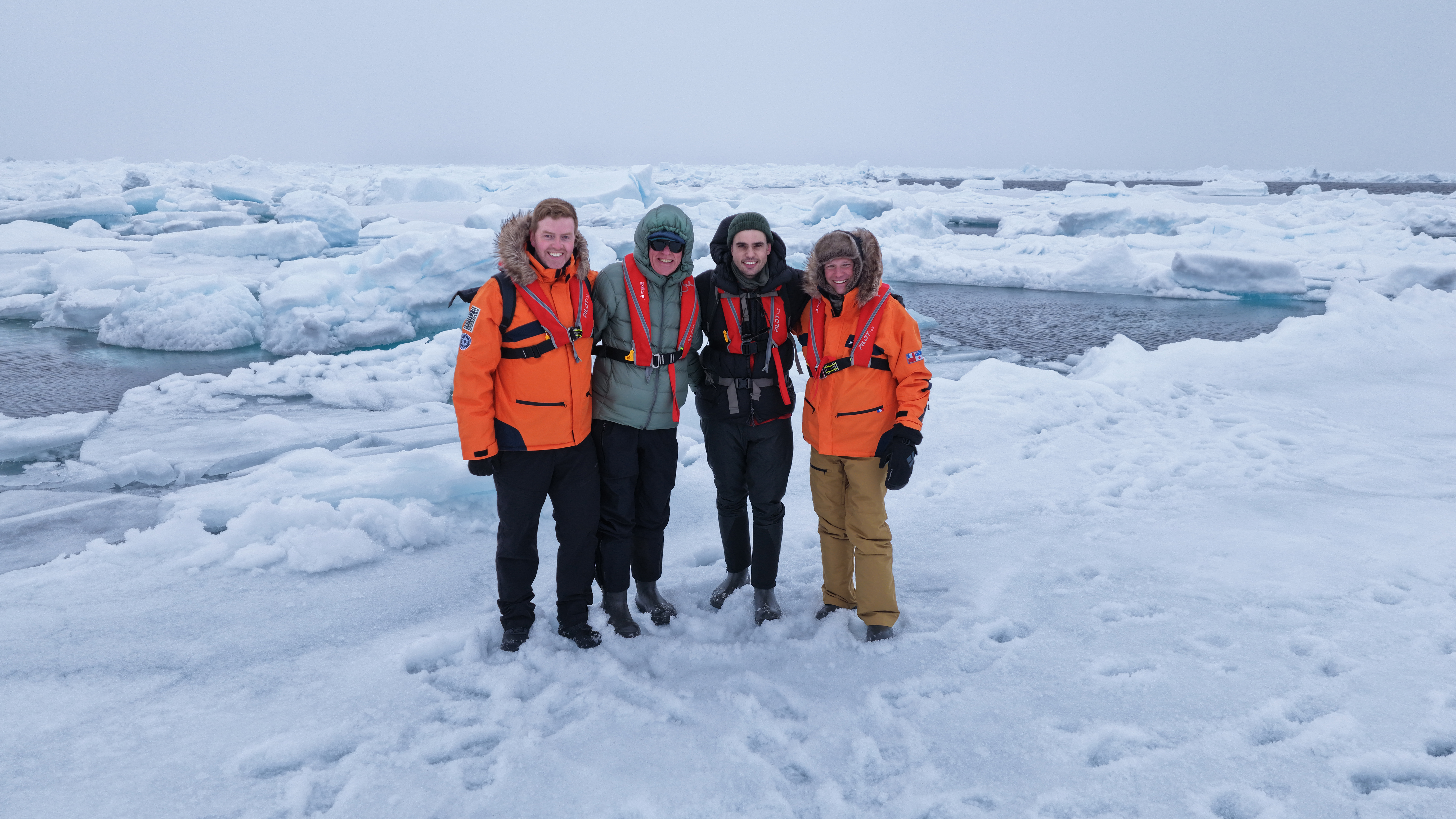
Orly Orlyson, Peter Hillary, Alexander Hillary, and Mark Armstrong, at the North Pole on July 27, 2025.
‘As is well known, the Arctic sea ice has drastically reduced,’ he explains. ‘It’s true we were there in a slightly different season to the first expedition, but to be at the Pole and see open leads of water, with pools of freshwater on top of ice that’s thawing and clearly rotten, really was reinforcing the message that scientists have been bringing to our attention. We’ve got to be good tenders to the planet — it’s vital.’
This is a point echoed by Mark: ‘Mankind is imbued with a wonderful sense of curiosity. We always want to know what’s on the other side of the hill. Exploration has served us well, expanding our horizons and allowing us to make connections with other people and other cultures. But our world is the only place in our cosmic neighbourhood that can support life unaided and we have to be better stewards.’
Ben Lerwill is a multi-award-winning travel writer based in Oxford. He has written for publications and websites including national newspapers, Rough Guides, National Geographic Traveller, and many more. His children's books include Wildlives (Nosy Crow, 2019) and Climate Rebels and Wild Cities (both Puffin, 2020).
-
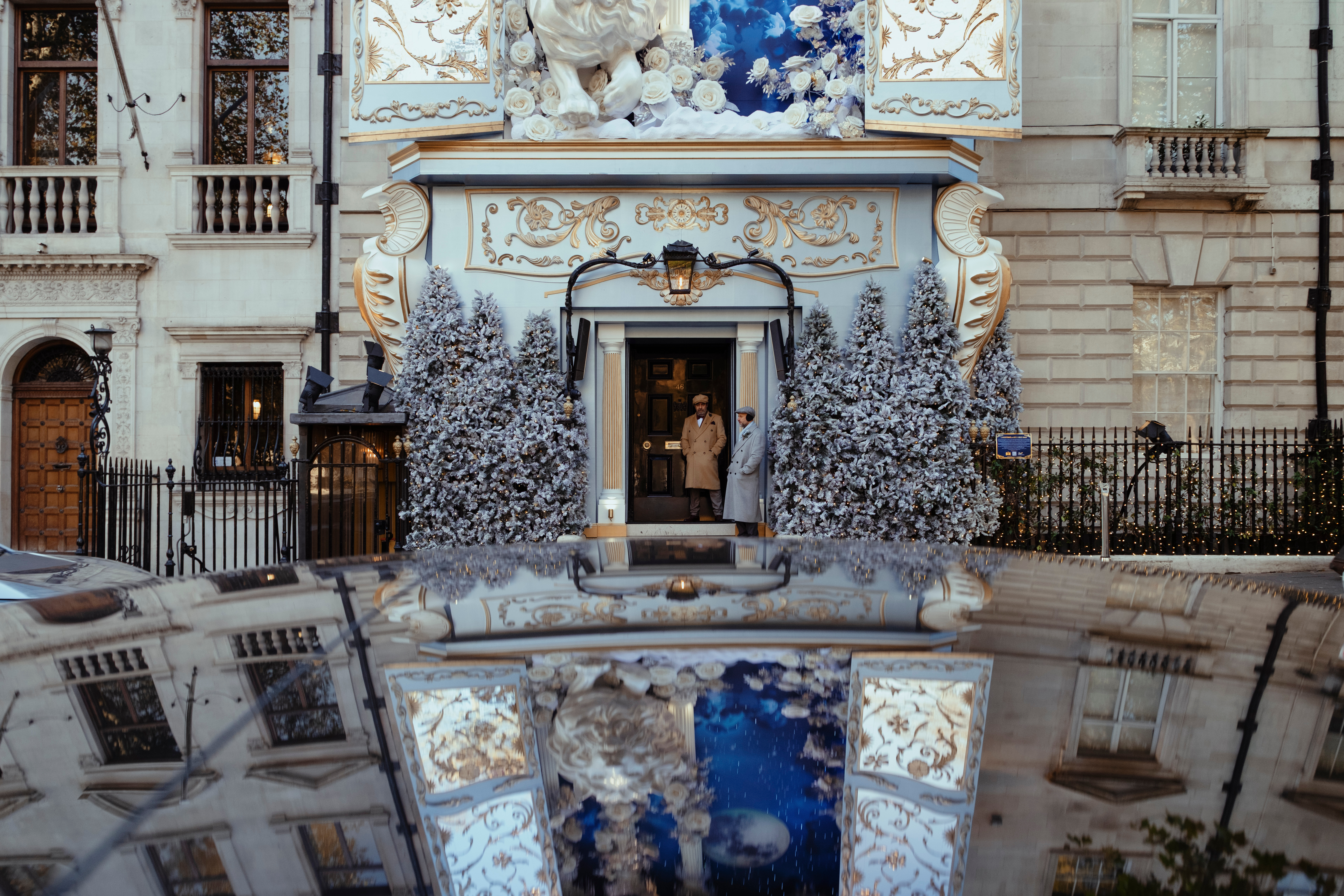 What on earth is the person who comes up with Annabel's otherworldly facade displays on? London's most magical Christmas shop displays
What on earth is the person who comes up with Annabel's otherworldly facade displays on? London's most magical Christmas shop displaysPhotographs by Greg Funnell.
-
 What trees taught me about perfect planting — Alan Titchmarsh
What trees taught me about perfect planting — Alan TitchmarshSense and patience is key to growing healthy trees, as a certain Mr Mackenzie showed a young Alan Titchmarsh
-
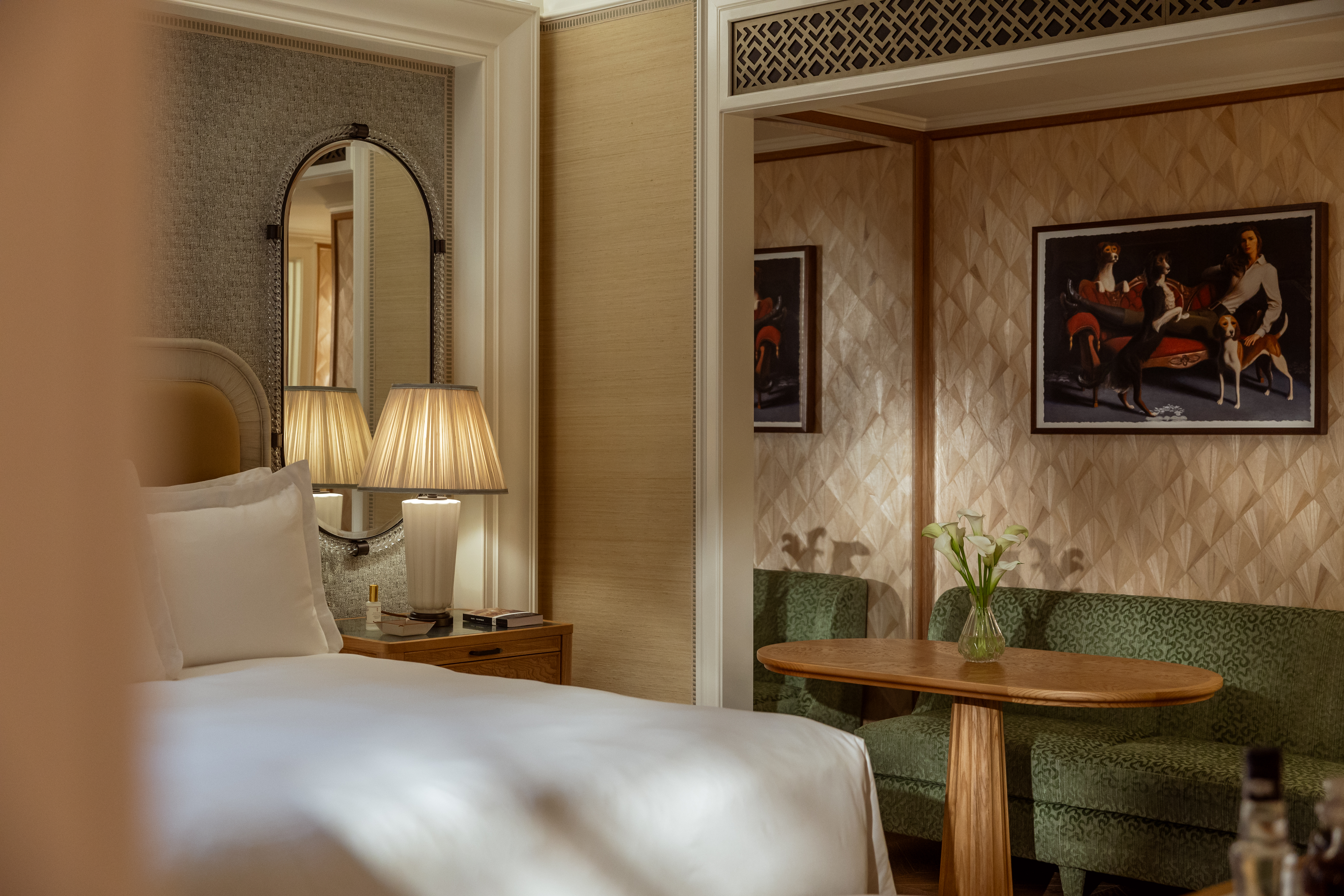 The Surrey hotel review: The new kid on New York's Upper East Side
The Surrey hotel review: The new kid on New York's Upper East SideRosie Paterson checks into The Surrey, A Corinthia Hotel, one year on from its grand opening.
-
 Sophia Money-Coutts: A snob's guide to meeting your in-laws for the first time
Sophia Money-Coutts: A snob's guide to meeting your in-laws for the first timeThere's little more daunting than meeting your (future) in-laws for the first time. Here's how to make the right kind of impression.
-
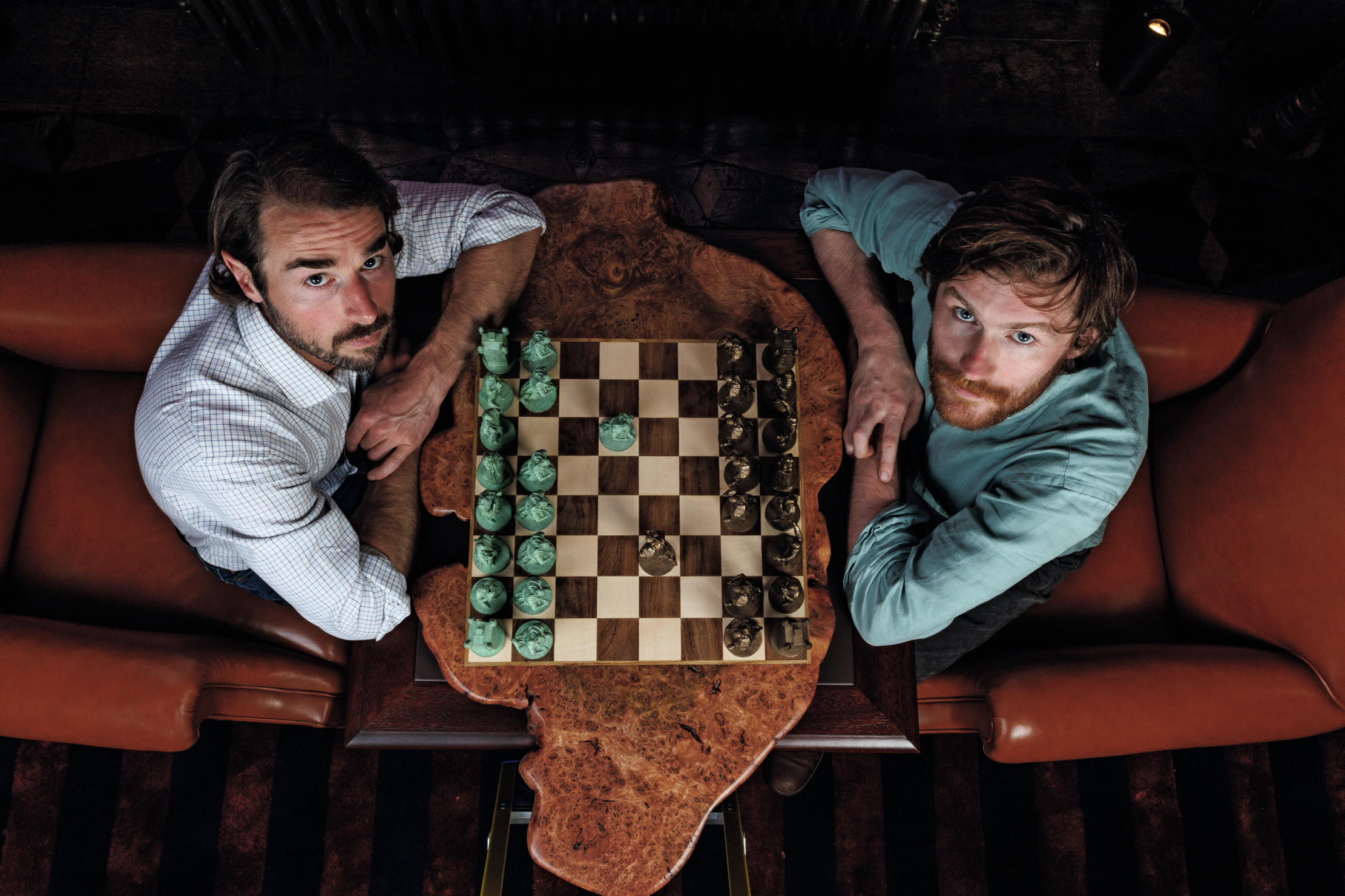 If chess is 'the supreme board game', then it deserves to be played on boards like these
If chess is 'the supreme board game', then it deserves to be played on boards like theseChess sets and backgammon boards are a familiar sight on drawing-room tables, but one expert Highland woodworker is refashioning their forms in beautiful new ways.
-
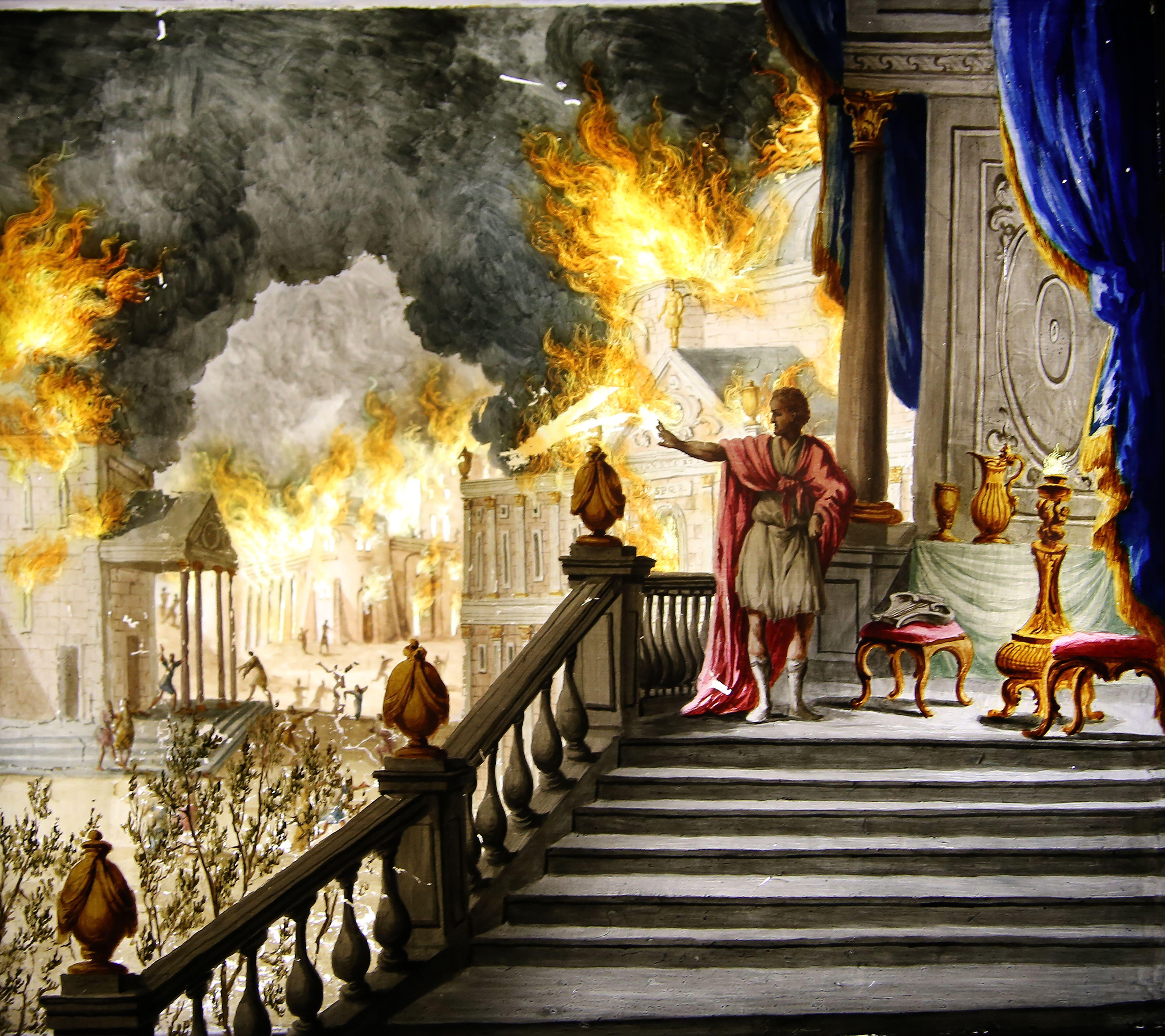 What is everyone talking about this week: Thanks to modern-day technology, people were far happier in the days when Nero was setting Rome ablaze
What is everyone talking about this week: Thanks to modern-day technology, people were far happier in the days when Nero was setting Rome ablazeWas the ancient world's superior happiness down to its ‘superior production of art’?
-
 ‘I cannot bring myself to believe that Emily Brontë would be turning over in her grave at the idea of Jacob Elordi tightening breathless Barbie’s corset’: In defence of radical adaptations
‘I cannot bring myself to believe that Emily Brontë would be turning over in her grave at the idea of Jacob Elordi tightening breathless Barbie’s corset’: In defence of radical adaptationsA trailer for the upcoming adaptation of 'Wuthering Heights' has left half of Britain clutching their pearls. What's the fuss, questions Laura Kay, who argues in defence of radical adaptations of classic literature.
-
 Mark Gatiss: ‘BBC Two turned down The League of Gentlemen six times’
Mark Gatiss: ‘BBC Two turned down The League of Gentlemen six times’The actor and writer tells Lotte Brundle about his latest Christmas ghost story, discovering Benedict Cumberbatch — and his consuming passions.
-
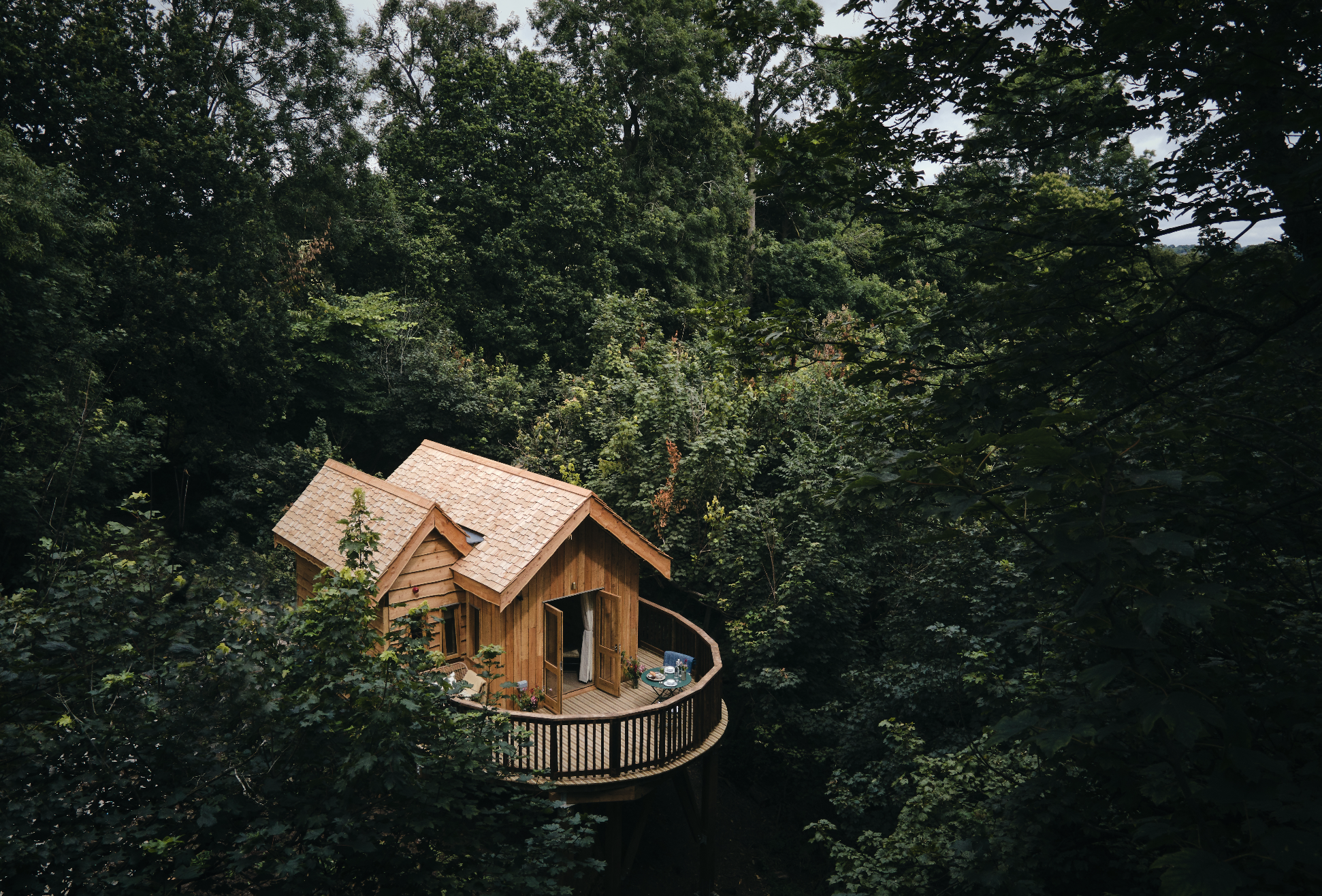 Wildhive Callow Hall hotel review: I felt like a squirrel preparing for hibernation and I loved it
Wildhive Callow Hall hotel review: I felt like a squirrel preparing for hibernation and I loved itThe boutique treehouses at this Derbyshire getaway are the best way to unwind in nature and explore the Peak District, writes Lotte Brundle.
-
 Ardbeg House review: Concept design is a tricky business, but this Scottish whisky distillery-turned-hotel proves that it can be done to great effect
Ardbeg House review: Concept design is a tricky business, but this Scottish whisky distillery-turned-hotel proves that it can be done to great effectSteven King checks in to Ardbeg House, a boutique hotel from the LVMH behemoth.
